(Forward) I began this book as a study of left-handed vs. right-handed drawings. Originally, I wanted to become very sensitive to the types of lines and weights I was putting down. I thought that by drawing with my left hand (my non-dominant hand) it would force me to pay closer attention to the marks I was making. But I also had a major concern that the quality of my drawings done with my left hand might suffer. Instead, something amazing happened.
Drawing with my left hand gave me freedom to try new things and make mistakes. After all, I could always claim, “Well, it was done with my left hand. What did you expect?” And although the marks that my left hand made were shaky and sometimes uncontrollable, they were fresh and lively. When I stepped back from a drawing I would be surprised to see that a distorted face was still an easily recognizable face. I was even more shocked to find that sometimes a left-handed face was more interesting than a right-handed face.
When I returned to make right hand (dominant hand) drawings I used those left hand ‘mistakes’ as inspiration. Some of my right hand drawings clearly reflect those inspirations, sometimes to the point where it becomes hard to distinguish the difference between a right hand and a left hand drawing. So inside each drawing I have inserted an insignia to signify whether the drawings were done with my right hand or left hand or sometimes both. I hope you enjoy!
The following are excerpts from the book (total of 50 pages). It can also be purchased at http://www.blurb.com/bookstore/detail/677324

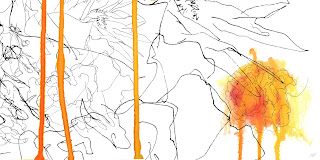
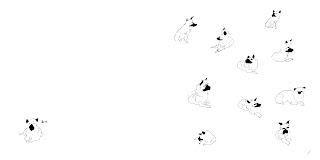
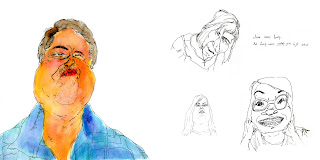
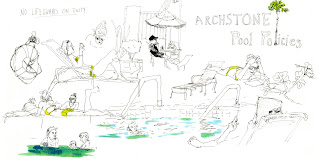
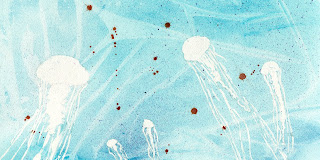

 An in-class painting where I actually got paint to cover just about the entire canvas. This is not done, so don't judge too harshly.
An in-class painting where I actually got paint to cover just about the entire canvas. This is not done, so don't judge too harshly. Kato's midterm: a practical joke still life. My joke is your keys in the jello. It promptly fell apart right after I painted it.
Kato's midterm: a practical joke still life. My joke is your keys in the jello. It promptly fell apart right after I painted it.



























